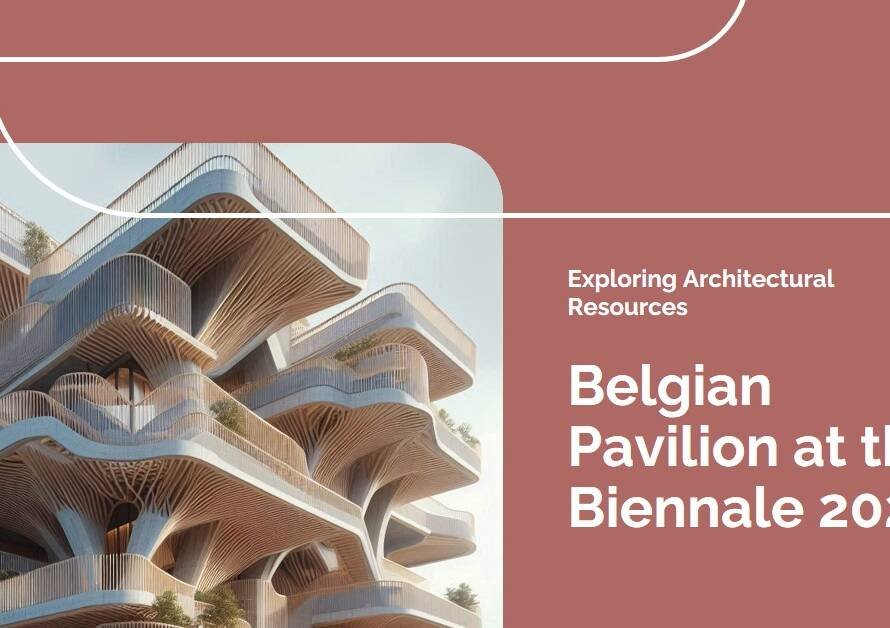
Table of Contents
1. Introduction: The Power of Visual Communication in Architectural Development
3D Rendering – Visual representation plays a pivotal role in showcasing architectural designs, capturing attention, and conveying the essence of proposed developments to stakeholders, clients, and the public. In today’s digital age, the fusion of photography and 3D rendering techniques offers a powerful synergy that elevates promotional efforts, enhances design comprehension, and fosters engagement with architectural projects from concept to completion.
2. Harnessing Photography: Capturing Real-world Context and Details
Photography serves as a bridge between the real-world environment and architectural visions, capturing existing landscapes, urban contexts, historical elements, and natural lighting conditions that influence design considerations. Professional photographers adeptly capture architectural nuances, material textures, spatial relationships, and human interactions within built environments, providing a tangible connection between conceptual designs and physical realities.
3. The Art of Composition: Framing Architectural Elements for Impact
Skillful composition techniques in architectural photography involve framing, perspective control, focal points, lighting balance, and visual storytelling to create compelling narratives that resonate with audiences. By highlighting key design features, spatial flows, material qualities, and contextual interactions, photographers evoke emotional responses, convey design intent, and showcase the aesthetic appeal of architectural developments in captivating ways.
4. Leveraging 3D Rendering: Enhancing Visualization and Design Flexibility
3D rendering technologies offer unparalleled flexibility, realism, and creative freedom in visualizing architectural concepts, exploring design iterations, and simulating diverse environmental conditions. High-fidelity renderings depict intricate details, material finishes, lighting effects, and spatial experiences with precision, enabling stakeholders to envision projects in various stages of development and adapt designs based on feedback and evolving requirements.
5. Photorealistic Rendering Techniques: Blurring the Line Between Real and Virtual
Advancements in photorealistic rendering software and techniques blur the boundaries between physical photography and digital imagery, producing lifelike visualizations that showcase architectural projects in immersive, photorealistic environments. Ray tracing, global illumination, texture mapping, and advanced shading algorithms recreate natural lighting effects, reflections, shadows, and material properties with astonishing realism, enhancing the visual impact and believability of rendered scenes.
6. Integrating Photography and 3D Rendering: Synergies and Complementary Roles
By combining photography and 3D rendering, architectural professionals harness the strengths of both mediums to create comprehensive visual narratives that transcend traditional marketing approaches. Photographs provide real-world context, site-specific details, and authentic atmospheres, while 3D renderings offer design flexibility, visualization enhancements, and scenario-based simulations that address diverse project needs and stakeholder expectations.
7. Marketing Collaterals and Presentations: Engaging Audiences with Visual Storytelling
Unified visual storytelling through integrated photography and 3D rendering enriches marketing collaterals, presentations, digital portfolios, and promotional materials with impactful visuals that resonate with target audiences. From project brochures, websites, and social media campaigns to immersive virtual tours, interactive experiences, and multimedia presentations, cohesive visual narratives evoke curiosity, convey project narratives, and drive engagement throughout the architectural development lifecycle.
8. Stakeholder Communication and Decision-making: Facilitating Informed Discussions
Clear and compelling visual representations facilitated by photography and 3D rendering facilitate informed discussions, stakeholder buy-in, and decision-making processes at various project stages. Architects, developers, investors, regulatory bodies, and communities benefit from visual clarity, design context, and design evolution insights provided by integrated visualizations, fostering collaboration, transparency, and alignment towards project goals and visions.
9. Evolving Technologies and Trends: Embracing Innovations for Future Designs
As technology continues to evolve, the integration of photography and 3D rendering in architectural promotion evolves alongside, embracing innovations such as augmented reality (AR), virtual reality (VR), real-time rendering engines, generative design tools, and AI-driven visualizations. These advancements enable interactive experiences, data-driven design optimizations, immersive walkthroughs, and collaborative design environments that shape the future of architectural visualization and communication.
10. Conclusion: Unleashing Creativity and Impact through Visual Synergy


In conclusion, the fusion of photography and 3D rendering empowers architects, designers, and marketers to unleash creativity, amplify visual impact, and communicate design narratives with unparalleled clarity and resonance. By leveraging the strengths of both mediums, architectural professionals navigate complex design challenges, engage diverse audiences, and champion innovative solutions that shape the built environment and inspire transformative experiences for generations to come.


